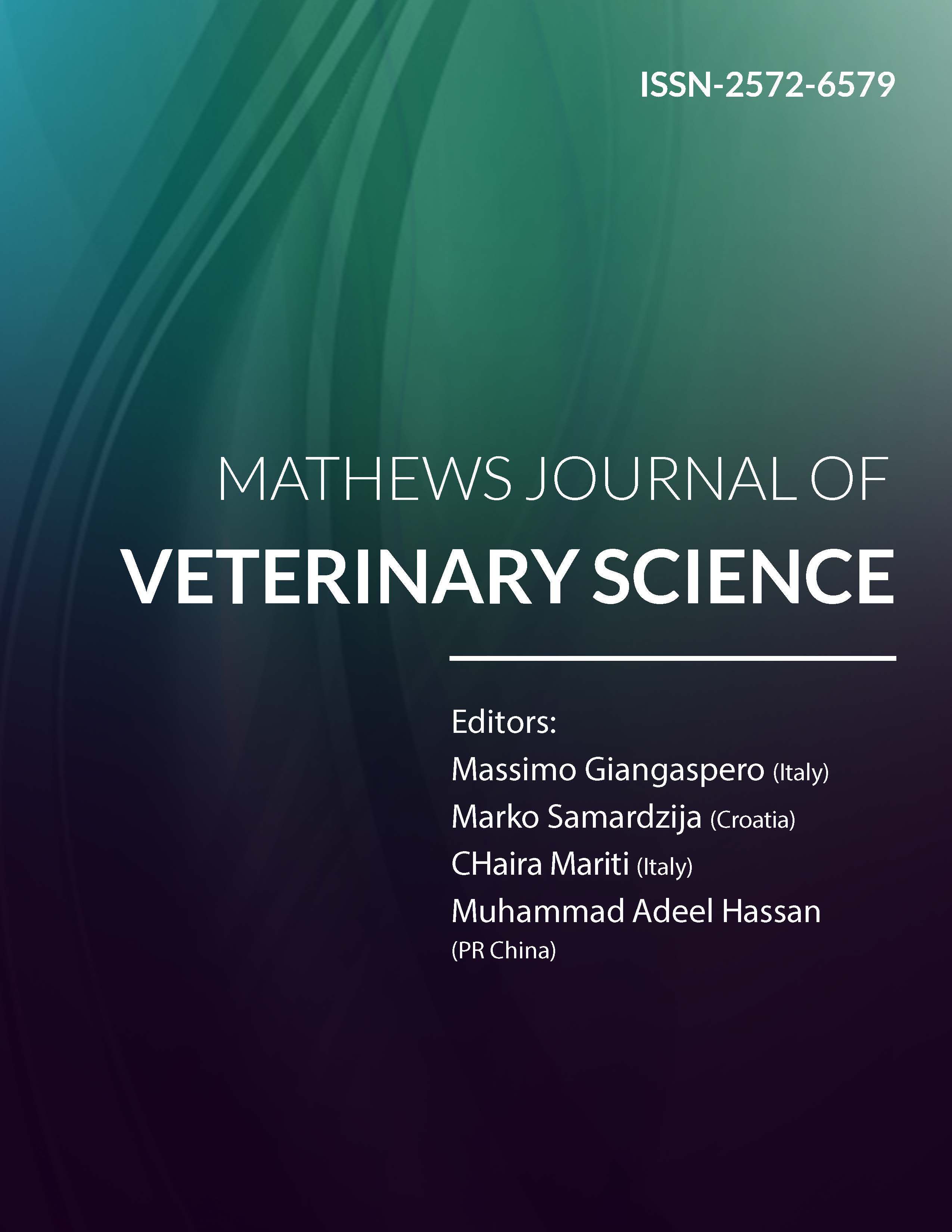
Information Links
Previous Issues Volume 7, Issue 3 - 2023
Prevalence, Economic Loss, Risk Factor and Coprology of Bovine Fasciolosis in Selected District’s Municipal Abattoirs of Wolaita Zone, Southern Ethiopia
Adane Mota Japaro*
Doctor of Veterinary Medicine, Offa district, Wolaita Zone, SNNPRS, Ethiopia
*Corresponding Author: Adane Mota Japaro, Doctor of Veterinary Medicine, Offa district, Wolaita Zone, SNNPRS, Ethiopia; Tel: +251921003550; Email: [email protected]
Received Date: July 15, 2023
Publication Date: August 5, 2023
Citation: Japaro AM. (2023). Prevalence, Economic Loss, Risk Factor and Coprology of Bovine Fasciolosis in Selected District’s Municipal Abattoirs of Wolaita Zone, Southern Ethiopia. Mathews J Vet Sci. 7(3) :25.
Copyright: Japaro AM. © (2023)
ABSTRACT
Fasciolosis is one of helminthes disease of ruminants caused by genus Fasciola, and contains commonly occurring fasciola species: Fasciola gigantica and Fasciola hepatica. This disease is tropically neglected disease which can causes huge economic losses in livestock production. The study aimed to determine the prevalence, financial losses, associated risk factors and coprology of bovine fasciolosis in selected distric’s municipal abattoir of Wolaita zone. Cross sectional study carried out from January 2022 to May 2022. Thus, a total of 400 cattle were randomly selected and detailed examination of liver and faeces for liver flukes and fasciola egg and (p<0.05) was checked for existence of association between risk factor, financial losses was calculated and specificity and sensitivity calculated to see diagnostic efficacy. The prevalence of abattoir was found to be 8.5% on coprology and 14.5% postmortem. The commonly identified liver fluke species affecting the cattle in study area was F. hepatica 48.28% (28/58), F. gigantica 27.58% (16/58), mixed infection 24.14.0% (14/58). The current financial losses of study area totally recorded 5,614,657.68 ETB/ 80,209.40 USD. The sensitivity and specificity of coprology was found to be 58.6% and the 100% with substantial agreements (kappa=0.71) between the two methods. When observing risk factors for occurrence of diseases: agro-ecology, sex and body conditions were risk factors (p<0.05) but age (p>0.05) has no association with disease occurrence. In conclusion, the prevalence of fasciolosis in study area was very low when compare with other researcher’s reports but caused huge financial losses to meat sellers. In diagnostic method postmortem is more sensitive than coprology. So, Strategic treatment of cattle with appropriate flukicidal drugs, a combination of control measures including drainage, fencing, mulluscicides and awareness creation should be applied.
Keywords: Abattoir; Bovine fasciolosis; Coprology; Postmortem; Financial Losses; Prevalence; Risk factor; Wolaita zone